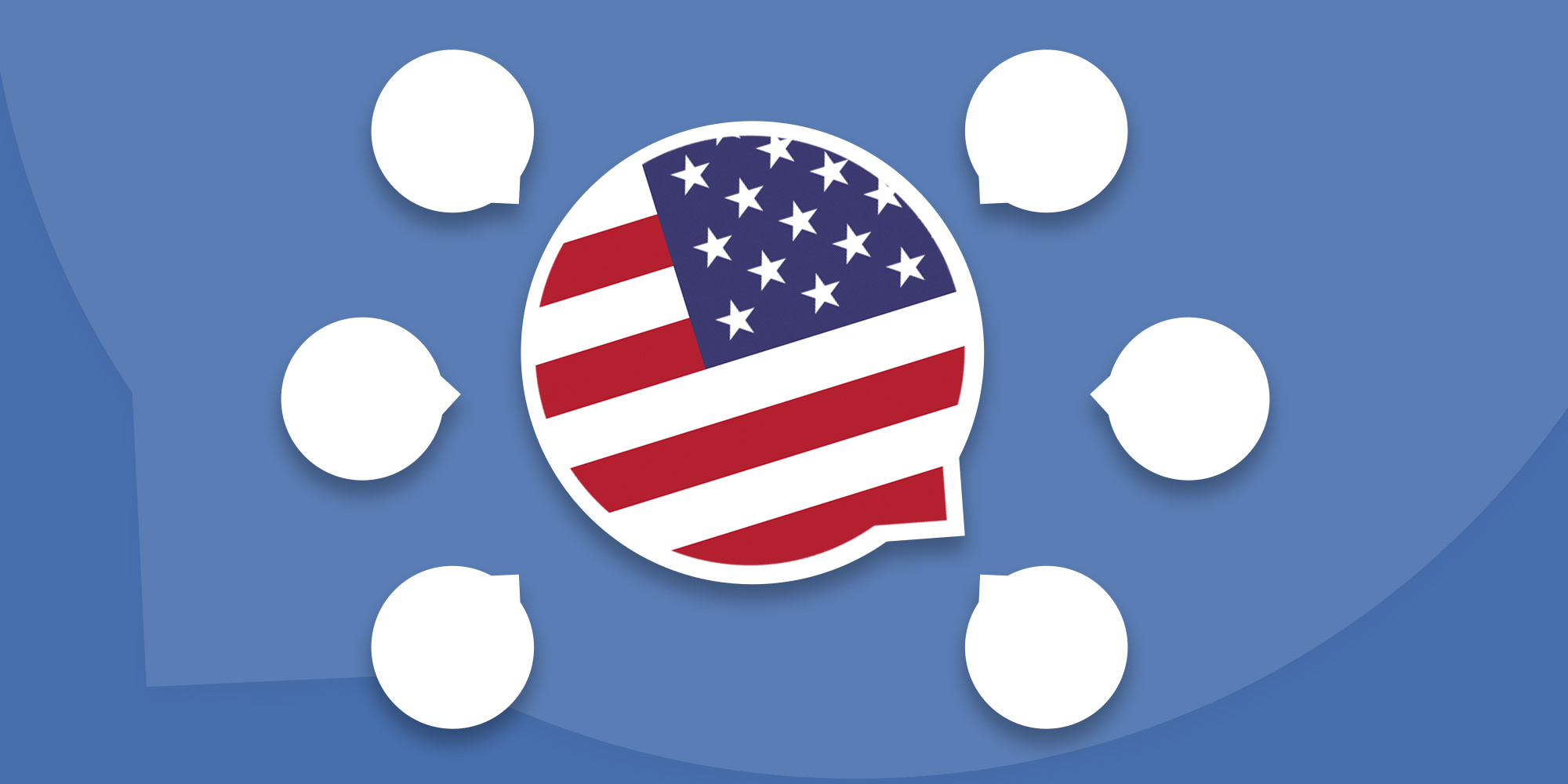
Did you know that the Americas are home to over 1,000 languages? From the icy landscapes of Alaska to the tropical rainforests of Brazil, the linguistic diversity is astounding. Indigenous languages like Quechua and Navajo have rich histories, while Spanish, English, and Portuguese dominate in many regions. Some languages are spoken by millions, others by just a handful of people. This mix of ancient tongues and modern languages creates a fascinating tapestry of communication. Understanding these languages offers a glimpse into the cultures, traditions, and histories of the people who speak them. Ready to dive into some intriguing facts about the languages of the Americas? Let's get started!
Key Takeaways:
- Ancient languages of the Americas, like Quechua and Nahuatl, offer a window into the continent's rich history and cultural heritage, still influencing modern languages and reflecting diverse cultures.
- Efforts to preserve and revitalize endangered languages, such as Yuchi and Chitimacha, are underway, ensuring that these unique linguistic traditions continue to thrive for future generations.
Ancient Roots
Languages of the Americas have deep historical roots, with many tracing back thousands of years. These languages offer a glimpse into the rich cultural heritage of the continent.
- The Quechua language, spoken by the Incas, is still used by millions in Peru, Bolivia, and Ecuador.
- Nahuatl, the language of the Aztecs, is spoken by around 1.5 million people in Mexico today.
- Mayan languages are still spoken by over 6 million people in Mexico, Guatemala, and Belize.
- The Aymara language, spoken in the Andes, has around 2 million speakers.
- Guaraní is one of the official languages of Paraguay and is spoken by 90% of the population.
Diverse Language Families
The Americas are home to a vast array of language families, each with unique characteristics and histories.
- The Algonquian language family includes languages like Cree and Ojibwe, spoken in Canada and the United States.
- Siouan languages are spoken by Native American tribes such as the Sioux, Crow, and Hidatsa.
- The Uto-Aztecan language family includes languages like Hopi, Nahuatl, and Shoshone.
- Tupi-Guarani languages are spoken in Brazil, Paraguay, and Bolivia.
- The Athabaskan language family includes languages like Navajo and Apache, spoken in the southwestern United States.
Endangered Languages
Many languages of the Americas are endangered, with efforts underway to preserve and revitalize them.
- Yuchi, spoken by the Yuchi people in Oklahoma, has fewer than 5 fluent speakers.
- The Chitimacha language of Louisiana has no native speakers left, but revitalization efforts are ongoing.
- Wampanoag, once extinct, is being revived through the Wôpanâak Language Reclamation Project.
- Eyak, an Alaskan language, lost its last native speaker in 2008, but efforts to revive it continue.
- Haida, spoken in British Columbia and Alaska, has fewer than 50 fluent speakers.
Language Revitalization
Communities and organizations are working hard to keep these languages alive for future generations.
- The Cherokee Nation has established immersion schools to teach children the Cherokee language.
- Hawaiian language revitalization efforts have led to the establishment of Hawaiian language schools and increased fluency.
- The Inuit Tapiriit Kanatami organization works to preserve and promote Inuit languages in Canada.
- Mapuche language programs in Chile and Argentina aim to teach the language to younger generations.
- Mohawk language immersion programs in New York and Canada help preserve the language.
Influence on Modern Languages
Indigenous languages have influenced modern languages in various ways, from loanwords to place names.
- The word "chocolate" comes from the Nahuatl word "xocolatl."
- Quechua has given us the word "llama."
- The name "Canada" comes from the St. Lawrence Iroquoian word "kanata," meaning village.
- The word "hurricane" comes from the Taíno word "hurakán."
- Algonquian languages have contributed words like "moccasin" and "totem."
Language and Culture
Language is deeply intertwined with culture, and the languages of the Americas reflect the diverse cultures of the continent.
- The Inuit language has multiple words for snow, reflecting the importance of snow in their culture.
- Navajo language is used in traditional ceremonies and rituals.
- Mayan languages have a complex system of hieroglyphs used in ancient texts.
- Tlingit language includes terms for specific types of salmon, important in their diet and culture.
- Zapotec language includes different forms of address based on social status and relationship.
The Final Word on Languages of the Americas
Languages of the Americas offer a rich tapestry of history and culture. From the ancient tongues of the Aztecs and Mayans to modern Spanish and Portuguese, these languages shape identities and traditions. Indigenous languages like Quechua and Guarani still thrive, preserving ancestral knowledge.
Spanish dominates much of Latin America, while Portuguese reigns in Brazil. English, French, and Dutch also have strongholds in various regions. Each language carries unique stories and influences, reflecting the diverse heritage of the continent.
Learning about these languages deepens our understanding of the Americas' past and present. It highlights the resilience and adaptability of its people. Whether you're a language enthusiast or just curious, exploring these languages opens a window into the soul of the Americas. So, dive in and discover the linguistic treasures waiting to be uncovered.
Frequently Asked Questions
Was this page helpful?
Our commitment to delivering trustworthy and engaging content is at the heart of what we do. Each fact on our site is contributed by real users like you, bringing a wealth of diverse insights and information. To ensure the highest standards of accuracy and reliability, our dedicated editors meticulously review each submission. This process guarantees that the facts we share are not only fascinating but also credible. Trust in our commitment to quality and authenticity as you explore and learn with us.


